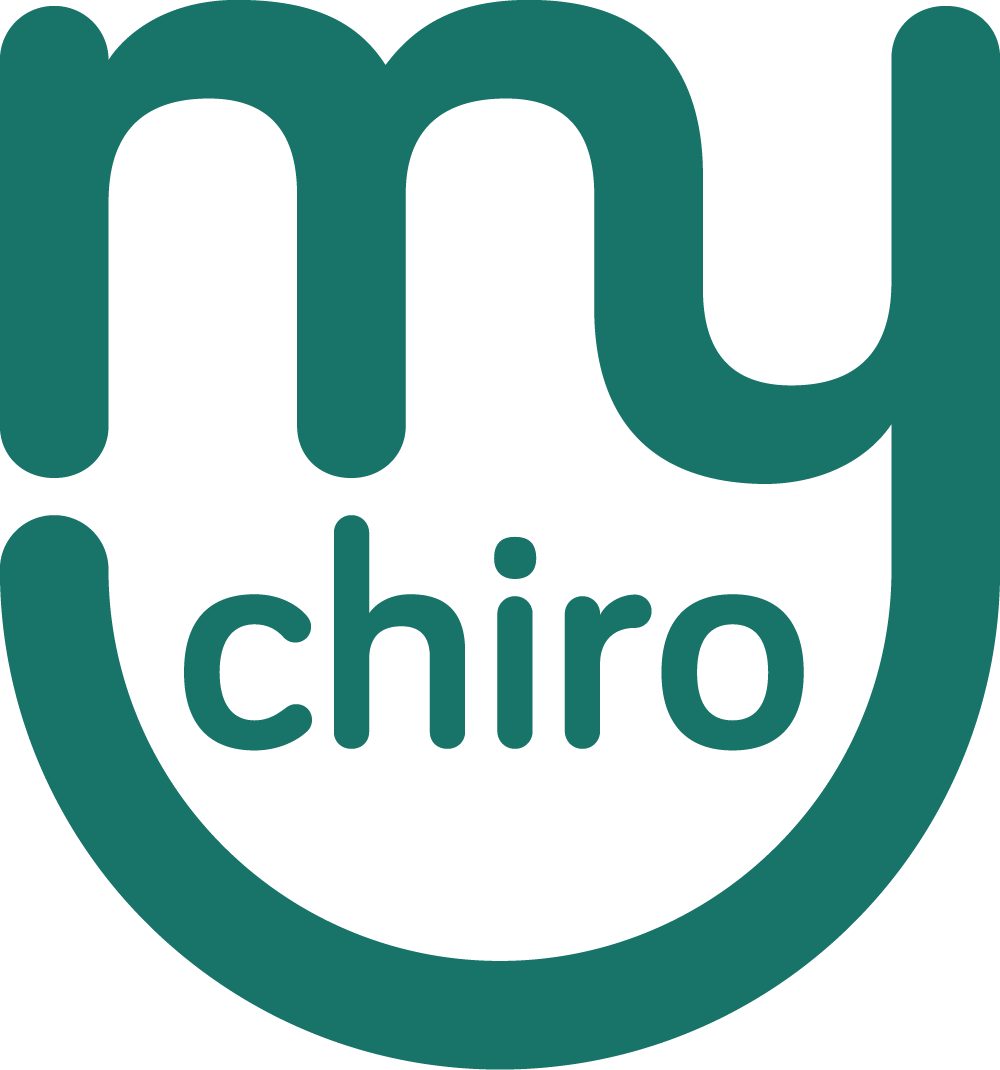Are you keeping your Vitamin D levels topped up safely?
Summer is in full swing in the UK which means we see more hours of daylight and that fire ball in the sky emerges from the clouds and nourishes us with its rays. Yes, the glorious sun. Whether you worship the sun or prefer the cool shade, exposing yourself to some sunlight has benefits that are incredible for your health.
When those ultraviolet (UV) rays from the sun are absorbed by your bare skin, it sets off a series of events resulting in the creation of Vitamin D.
You have probably heard of the importance of Vitamin D, especially over the last couple of years when it was put in the spotlight during the coronavirus pandemic for its crucial role in supporting your immune system1. It has other superpowers too, including maintaining the strength and density of bones, assisting in muscle development, helping with brain function and mood, and contributing towards your overall cell health and longevity to name a few.
The good news is, you don’t need to bask in the sun for hours to get your required amount of Vitamin D, and there are other sources too apart from sunlight.
Here are 5 ways you can safely keep your Vitamin D levels topped up this Summer:
1. Time out in the sun
It has been suggested that exposing yourself to sunlight around midday may be the best time to get your Vitamin D levels up, because the sun is at its highest point and the UV rays are at their strongest. Always listen to your body however and little and often is key, which moves us on nicely to the next point.
2. Little and often
In the UK, exposing yourself to sunlight for 13 minutes 3 times a week can be enough to keep your Vitamin D levels healthy if you have lighter skin2. If you have darker skin, you may need longer in the sun as the pigment which makes your skin darker, called melanin, protects the skin from sunlight. This means it can take longer for your body to produce Vitamin D, so anywhere from 30 minutes to a couple of hours may be required. Alternatively, you may wish to consider supplementing throughout the year. Modify your exposure for you to ensure you don’t burn3.
3. Protect yourself
Allowing your skin to see sunlight is excellent for your Vitamin D levels, but it can become harmful for your skin and body if the boundaries are pushed. If you must be out in the sun for longer than the short burst, be sure to move to the shade, wear lightweight clothing that covers your skin or apply sunscreen. And drinking plenty of water is a must!
4. Vitamin D from your diet
You can get Vitamin D from certain foods too. Red meat and liver, duck and chicken eggs, fatty fish such as salmon, sardines, oysters and shrimp, and button and shitake mushrooms that have been exposed to sunlight are great sources to get Vitamin D naturally.
5. Vitamin D supplementation
The current guidance from Public Health England recommends everyone to consider taking a supplement between March and October due to the amount of sunshine we get, and the strength of the UV rays in the UK. The recommended daily amount for adults is 400iu, and babies between 300-400iu (unless the baby is on formula milk and it is fortified with Vitamin D) . You cannot get too much Vitamin D from sunshine or food, but issues can come if you are supplementing significantly over the recommended amount which can be detrimental to your health. Getting your Vitamin D levels checked through your GP or privately is always recommended so you can safely supplement.
Topping your Vitamin D levels up from the sunshine is certainly the most effective way and that fresh air and warmth on the skin is great for the soul too. A little bonus tip would be to incorporate it with a short walk. Not only will it help to get that sunshine, it will keep your spine moving well too!
If we can be of any further help, please reach out.
See you soon
Robert Firth
References:
1. Bartholomew, R. (2020, October 14). Nutri Advanced. Retrieved from How Vitamin D Actually Supports Immune Health: https://www.nutriadvanced.co.uk/news/how-vitamin-d-actually-supports-immune-health/
2. Rhodes LE, Webb AR, Fraser HI, Kift R, Durkin MT, Allan D, O'Brien SJ, Vail A, Berry JL. Recommended summer sunlight exposure levels can produce sufficient (> or =20 ng ml(-1)) but not the proposed optimal (> or =32 ng ml(-1)) 25(OH)D levels at UK latitudes. J Invest Dermatol. 2010 May;130(5):1411-8.
3. NHS. (2020, August 3). NHS. Retrieved from Vitamin D: https://www.nhs.uk/conditions/vitamins-and-minerals/vitamin-d/
4. Stevenson, S. (2021). Eat Smarter. New York: Little, Brown Spark.
5. GOV.UK. (2016, July 21). GOV.UK. Retrieved from Public Health England: advice on vitamin D: https://www.gov.uk/government/news/phe-publishes-new-advice-on-vitamin-d
The content of this blog is for educational purposes and is not intended to offer personal medical advice. You should seek the advice of your physician or other qualified health provider with any questions you may have regarding a medical condition. Never disregard professional medical advice or delay in seeking it because of something you have read in this blog.
